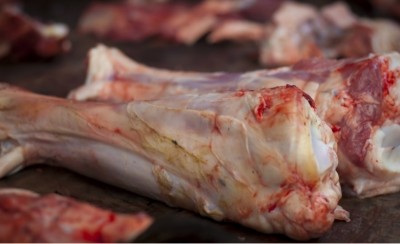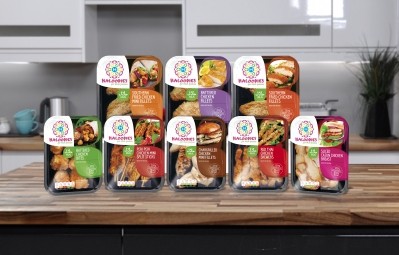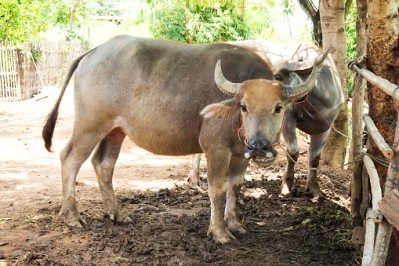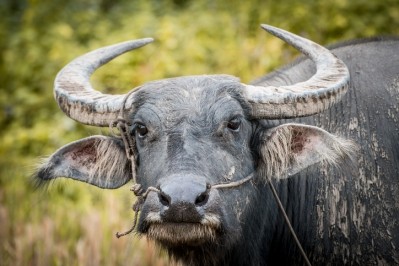Kashmiri taste for lamb and goat prompts robust meat trade in India
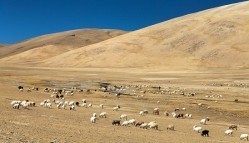
The Kashmir Valley’s 7 million people – the northern and mainly Muslim part of the state – have long sourced sheep and goat meat from nomads rearing livestock in this fertile region, but these local meat supplies nowhere near meet demand. With winter conditions often severe, high investment costs have deterred local farmers from developing more intensive units.
As a result, a strong domestic trade has developed, with meat suppliers from different Indian states sending consignments.
“It is very difficult to graze sheep and goats in Kashmir during winter. In summer, the nomads take sheep and goats to the pastures for grazing, but the same is not possible during winter. So these people shift to warmer places of Jammu division in winter. Furthermore, it gets difficult to get grass and other feed for livestock in the winter,” explained Hashim Qanoon, a Kashmir meat importer. The Kashmir Valley imports sheep and goats from the different states of India worth INR9 billion (US$131m) on an annual basis, said Qanoon.
Tough winter conditions
“On average, 25-30 trucks carrying 160-170 sheep or goats reach Kashmir on a daily basis. This amounts to around 900 trucks in a month. It also means that around 5,000 sheep or goats reach the Kashmir market from different places in India during a month,” he told GlobalMeatNews.
Qanoon said that livestock was imported into Kashmir especially from northern and central states such as Delhi, Haryana, Punjab and Rajasthan, notably from cities including Amritsar, Ambala and Sikar. He added that local supply of meat was negligible – more so during Kashmir’s winter as the weather conditions were tough.
On an annual basis, more 1.7 million head of livestock reaches the Kashmir Valley every year. Kashmiri Valley residents consume around 35 million kilograms of meat in a year, spending INR14bn (US$205m) on meat every year, said Qanoon. Kashmiri cooking commonly uses mutton and goatmeat in its recipes, such as the noted ‘Wazwan’, a traditional multi-course meal, where most of the dishes are meat-based.
Mohammad Ashraf, section officer (supplies) for the state government’s food, civil supplies and consumer affairs department, noted that, in the past, a levy was collected on this trade, but no longer: “We had an Octroi [local tax] post at Batwara [in Srinagar], but it was shut a few years back.” He noted that the closure had also prevented the government from collecting its own figures on the Kashmir meat trade – now it analyses data collected from meat traders, he noted.
